Neurological Balance and Medical Disorders
- Seizure Disorders in Children: Symptoms, Diagnosis, and Therapy
- Tourette Syndrome in Children: Symptoms, Diagnosis & Therapy Options
- Substance Use Disorders in Youth: Effects, Signs & Therapy Support
- Cerebral Palsy in Children: Symptoms, Types & Therapy Support
- Pediatric TBI & Concussions: Symptoms, Recovery & Therapy Support
- Pediatric Migraines: Symptoms, Triggers & Therapy Support
- Ehlers-Danlos Syndrome in Children: Symptoms, Types & Therapy Support
- BPPV: Causes, Symptoms & Treatment with Physical Therapy
- Vestibular Disorders: Symptoms, Causes & Therapy Support for All Ages
- Parkinson’s Disease: Symptoms, Treatment & Therapy Support
- Post-Stroke Rehab & CVA Recovery: Find Therapists for Stroke Rehabilitation
- Ataxia: Causes, Symptoms & Rehab Therapies
- Peripheral Neuropathy: Causes, Symptoms & Rehab
- Delayed Motor Milestones in Children | Early Signs, Causes & Therapy
- Hypotonia (Low Muscle Tone) in Children: Symptoms, Causes & Therapy
- Spina Bifida in Children: Types, Symptoms & Therapy Options
- Tic Disorders in Children: Symptoms, Types & Therapy Support
- Down Syndrome
Cerebral Palsy in Children: Symptoms, Types & Therapy Support

Authored by: The DrSensory Editorial Team
Reviewed by: 🛡️ DrSensory Clinical Review Board – Doctor of Therapy Rehab Division
Last updated: June 2025
Understanding Cerebral Palsy in Children: Types, Symptoms & Pediatric Therapy Options
Cerebral Palsy: What Parents Need to Know
What Is Cerebral Palsy (CP)?
Cerebral Palsy (CP) is a group of neurological disorders that affect movement, posture, muscle tone, and coordination. It results from damage or abnormal development of the brain—often before, during, or shortly after birth.
While cerebral palsy is a lifelong condition, early intervention with the right therapies can help children improve independence, communication, and quality of life.
What Causes Cerebral Palsy?
CP is caused by damage to the developing brain, typically affecting areas that control movement and posture. Causes may include:
- Prenatal factors: infections, maternal health conditions, genetic mutations
- Birth complications: oxygen deprivation (hypoxia), premature birth
- Postnatal injuries: brain infections (e.g., meningitis), head trauma
In many cases, the exact cause remains unknown.
Types of Cerebral Palsy
Cerebral palsy is classified based on the type and location of movement challenges:
Spastic Cerebral Palsy
- Most common form (approx. 70–80% of cases)
- Characterized by stiff, tight muscles and difficulty with voluntary movement
- Can affect:
- One side (hemiplegia)
- Both legs (diplegia)
- All four limbs (quadriplegia)
Dyskinetic Cerebral Palsy
- Includes involuntary movements such as twisting or repetitive motions
- Affects coordination and muscle tone
- Often worsens with emotional stress or voluntary movement
Ataxic Cerebral Palsy
- Affects balance and coordination
- May lead to shaky movements or difficulty with tasks like walking, writing, or eating
Mixed Cerebral Palsy
- Involves symptoms of more than one type, commonly spastic-dyskinetic presentations
Common Symptoms of Cerebral Palsy
Symptoms can vary in severity and may include:
- Delayed developmental milestones (e.g., sitting, crawling, walking)
- Muscle stiffness or floppiness
- Poor coordination and balance
- Involuntary movements or tremors
- Difficulty speaking or swallowing
- Intellectual disabilities (in some cases)
- Seizures (in approx. 30–50% of children with CP)
How Is Cerebral Palsy Diagnosed?
Diagnosis usually occurs in the first 1–2 years of life, especially when developmental delays or abnormal muscle tone are observed.
Diagnostic tools may include:
- Neurological and physical examination
- Brain imaging (MRI or CT scan)
- Developmental screenings
- Movement assessments
Early diagnosis allows families to begin therapy and intervention programs to support long-term outcomes.
Therapy and Treatment Options for Children with Cerebral Palsy
There is no cure for CP, but individualized therapies help children maximize function, independence, and communication.
Occupational Therapy
- Teaches daily life skills (e.g., dressing, feeding, using adaptive equipment)
- Improves fine motor control, coordination, and sensory processing
- Encourages independence at home and in school settings
Physical Therapy (PT)
- Builds strength, flexibility, posture, and mobility
- Helps children learn to sit, stand, walk, or use assistive devices
- Reduces contractures and improves balance
Speech-Language Pathology (SLP)
- Assists with speech articulation, breathing, and voice control
- Supports alternative communication methods (AAC devices)
- Treats feeding and swallowing issues (dysphagia)
Can Children with CP Attend School and Live Independently?
Yes. Many children with CP attend mainstream or specialized educational programs and live fulfilling lives with the right support. Early intervention, therapy, assistive technology, and educational accommodations greatly increase a child’s ability to participate in daily activities.
How DrSensory Supports Children with Cerebral Palsy
DrSensory connects families to licensed pediatric therapists who specialize in neuromuscular and developmental conditions like cerebral palsy. Our platform helps you:
- Search for therapists by type, location, or specialty
- View detailed clinic profiles
- Book in-person or virtual therapy sessions
- Access reliable resources and diagnosis guides
Frequently Asked Questions (FAQ)
Is cerebral palsy a progressive condition?
No. CP is non-progressive, meaning the brain injury does not worsen over time. However, symptoms may change as the child grows, and some movement challenges can become more noticeable or require new interventions.
Can cerebral palsy be diagnosed at birth?
In some cases, yes. Severe signs (e.g., floppy or stiff muscles, feeding difficulties) may be noticeable early. However, most diagnoses occur between 12–24 months, especially when developmental delays emerge.
What role does therapy play in managing CP?
Therapies are crucial for helping children:
- Improve strength and movement
- Develop communication skills
- Gain independence
- Learn to use adaptive tools and strategies
Occupational, physical, and speech therapies are often used in combination.
Will my child with CP ever walk or talk?
Many children with CP do walk and talk, depending on the type and severity of the condition. Early intervention, therapy, and assistive technology can make a major difference in reaching these milestones.
Can DrSensory help me find a therapist experienced in treating CP?
Yes. DrSensory’s Therapist Directory includes licensed OT, PT, and SLP professionals who specialize in working with children with cerebral palsy and related motor or communication challenges.
This page provides general educational content and is not a substitute for professional medical advice. Always consult a licensed provider for diagnosis and treatment.
View privacy policy, copyright and trust info
More on Neurological Balance and Medical Disorders

- Seizure Disorders in Children: Symptoms, Diagnosis, and Therapy
- Tourette Syndrome in Children: Symptoms, Diagnosis & Therapy Options
- Substance Use Disorders in Youth: Effects, Signs & Therapy Support
- Cerebral Palsy in Children: Symptoms, Types & Therapy Support
- Pediatric TBI & Concussions: Symptoms, Recovery & Therapy Support
- Pediatric Migraines: Symptoms, Triggers & Therapy Support
- Ehlers-Danlos Syndrome in Children: Symptoms, Types & Therapy Support
- BPPV: Causes, Symptoms & Treatment with Physical Therapy
- Vestibular Disorders: Symptoms, Causes & Therapy Support for All Ages
- Parkinson’s Disease: Symptoms, Treatment & Therapy Support
- Post-Stroke Rehab & CVA Recovery: Find Therapists for Stroke Rehabilitation
- Ataxia: Causes, Symptoms & Rehab Therapies
- Peripheral Neuropathy: Causes, Symptoms & Rehab
- Delayed Motor Milestones in Children | Early Signs, Causes & Therapy
- Hypotonia (Low Muscle Tone) in Children: Symptoms, Causes & Therapy
- Spina Bifida in Children: Types, Symptoms & Therapy Options
- Tic Disorders in Children: Symptoms, Types & Therapy Support
- Down Syndrome
Find a Therapist near you
Are you looking for a physical, occupational, or speech therapist in your area?
Look no further than the DrSensory Therapist Database and Clinic Directory!
Find a Therapist
Find the physical therapist, occupational therapist, or speech language pathologist you’re looking for!
Ask Us Anything
Whether you are looking for advice, have a general question about sensory processing, or looking for resources.
Submit Your Story
Share your story about your child. Let’s celebrate milestones and learn more about challenges.











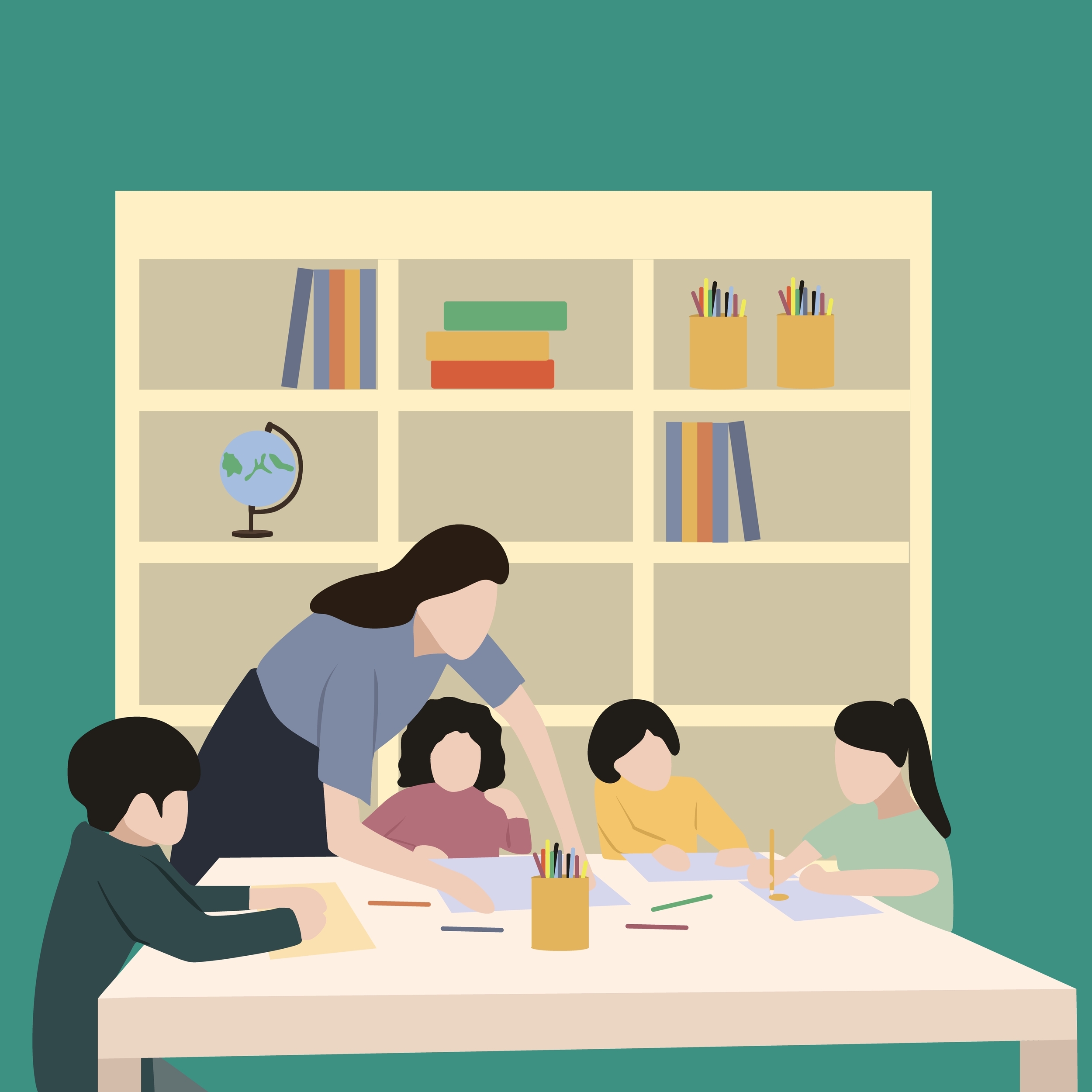


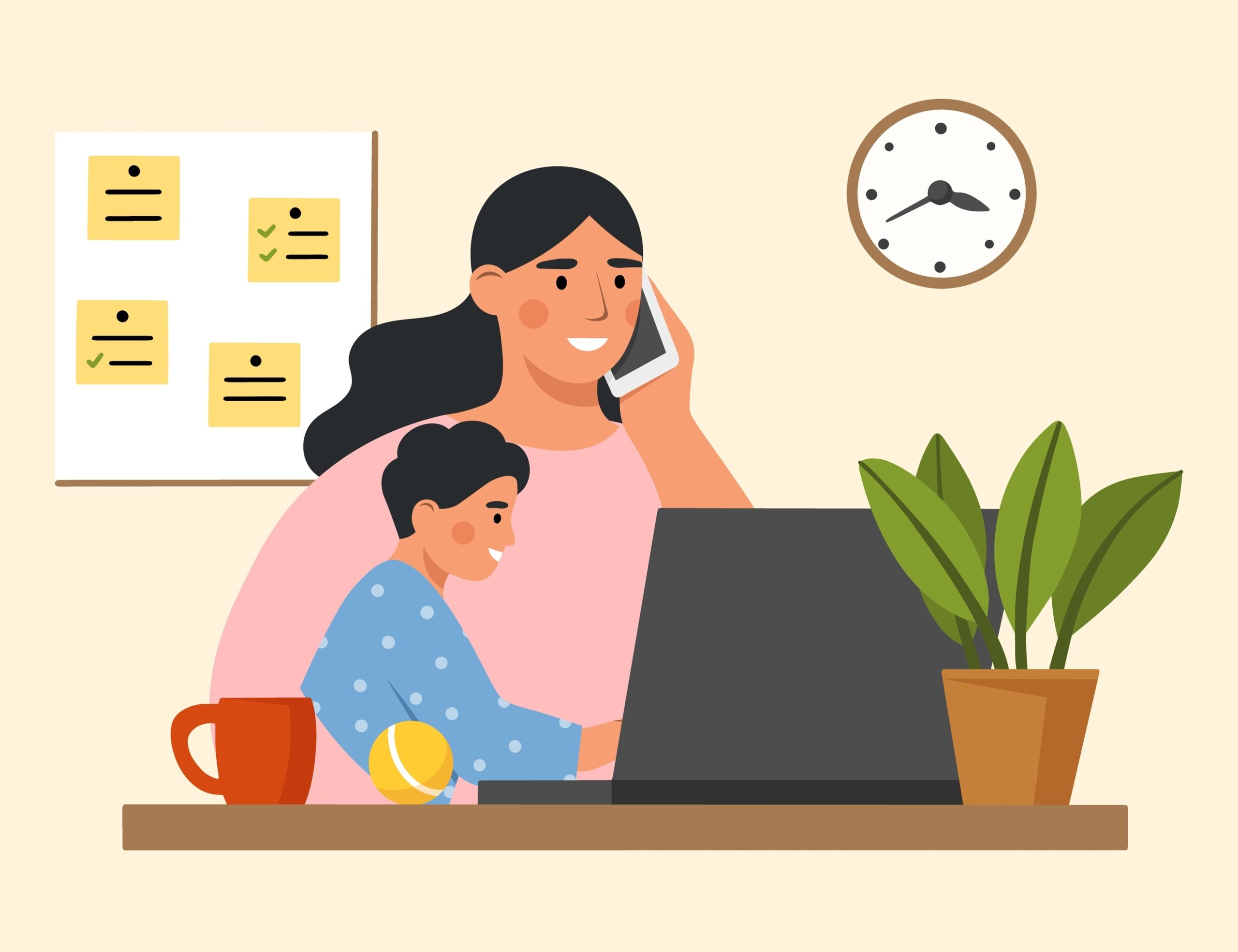


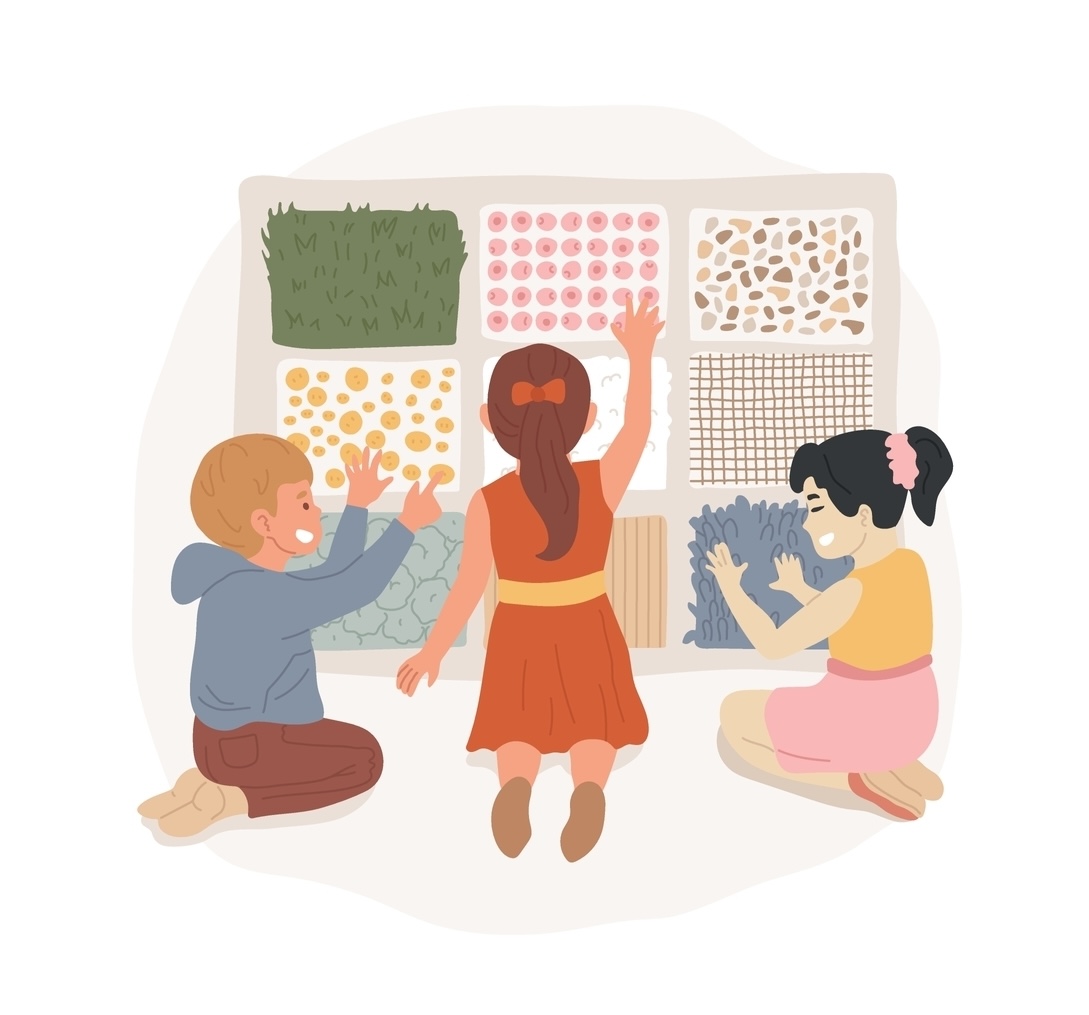


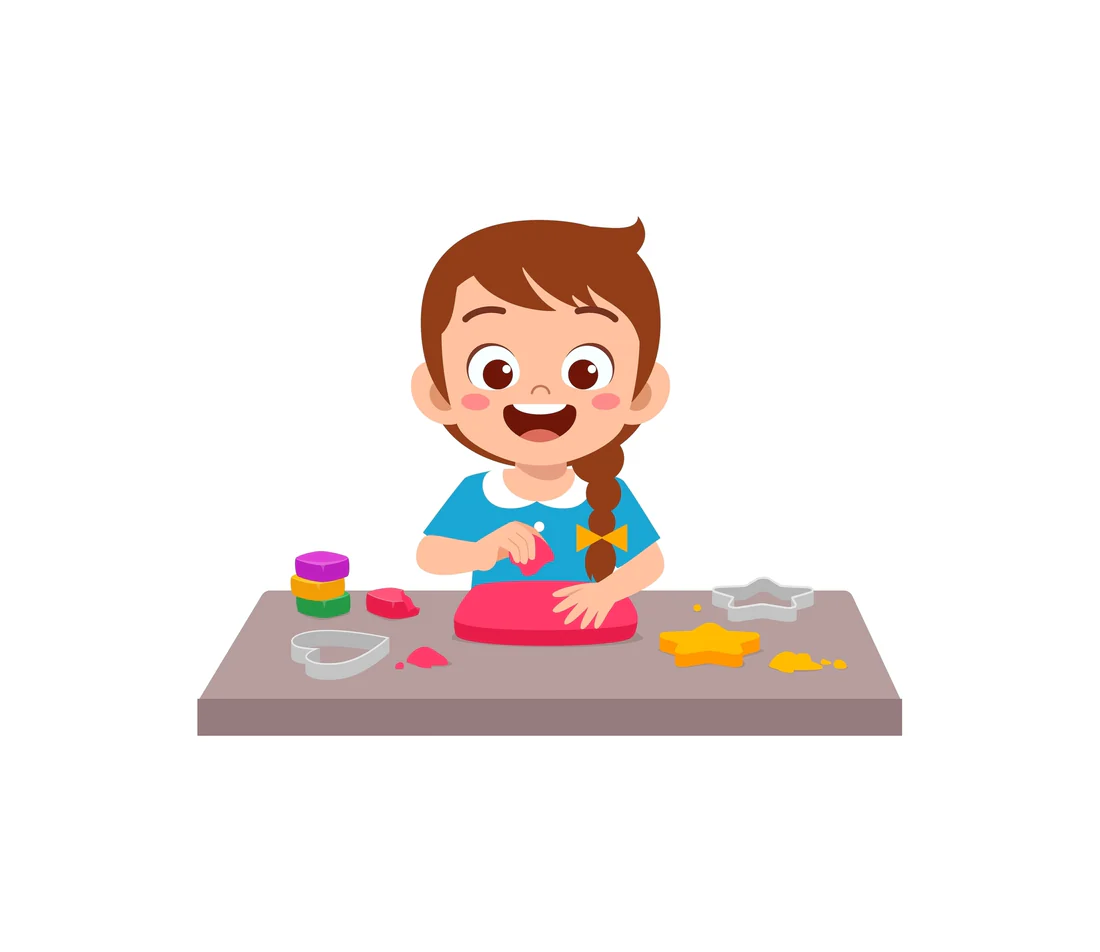
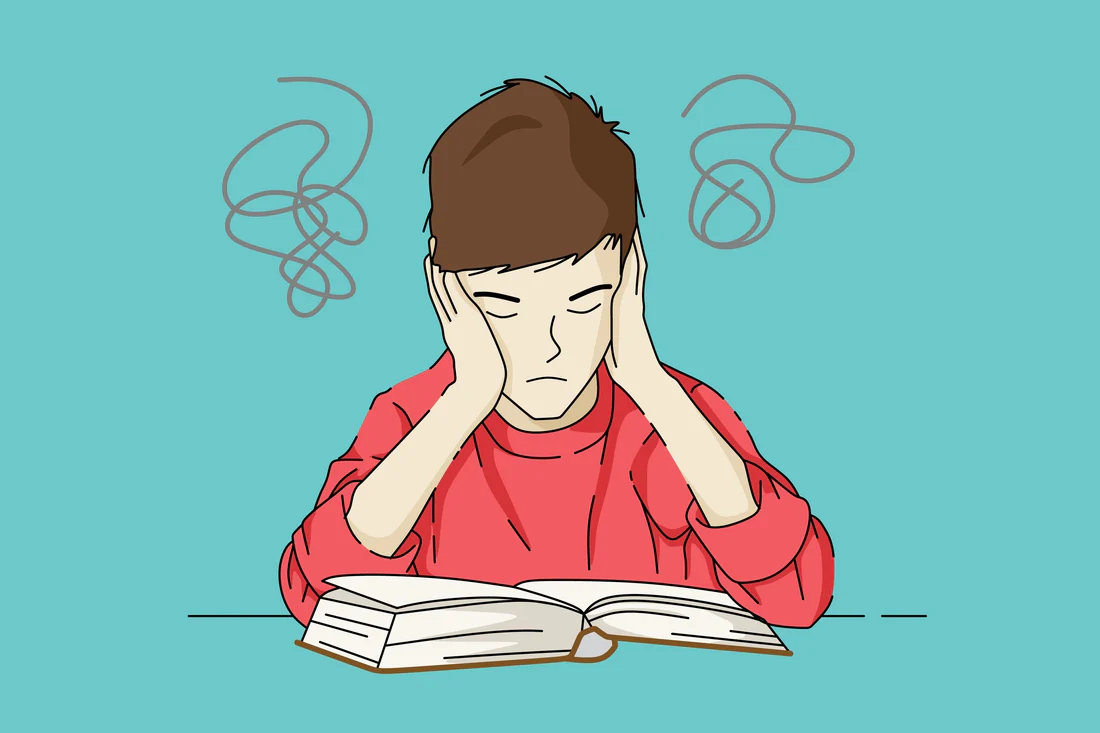
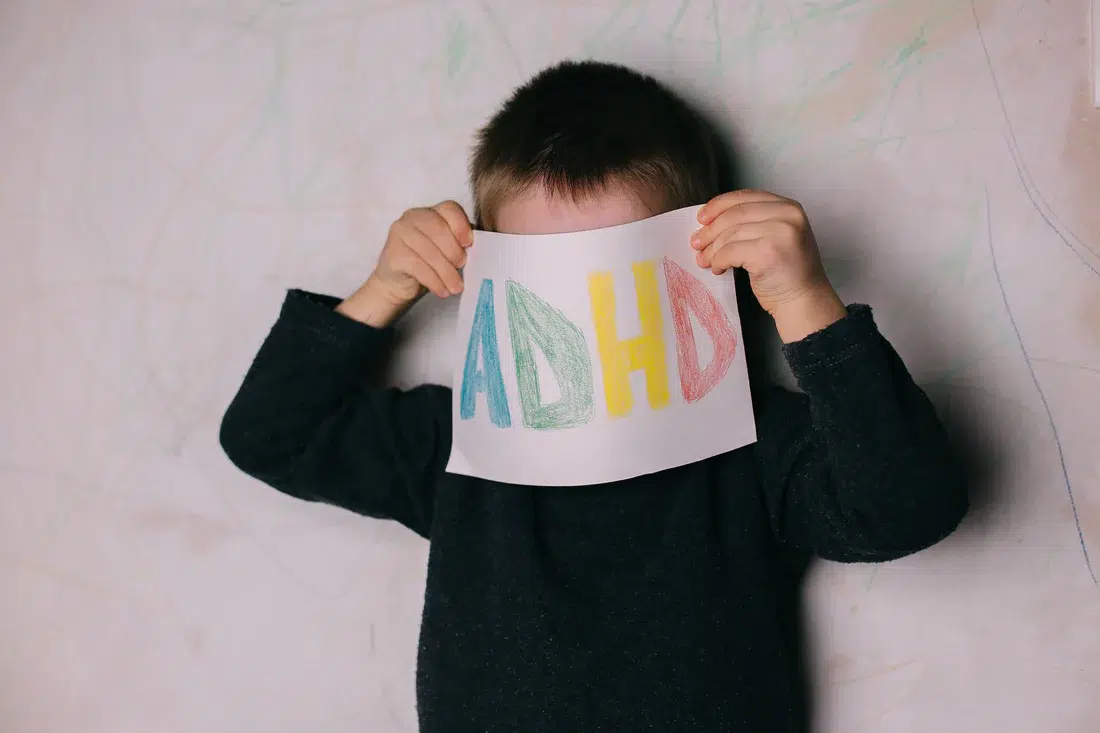


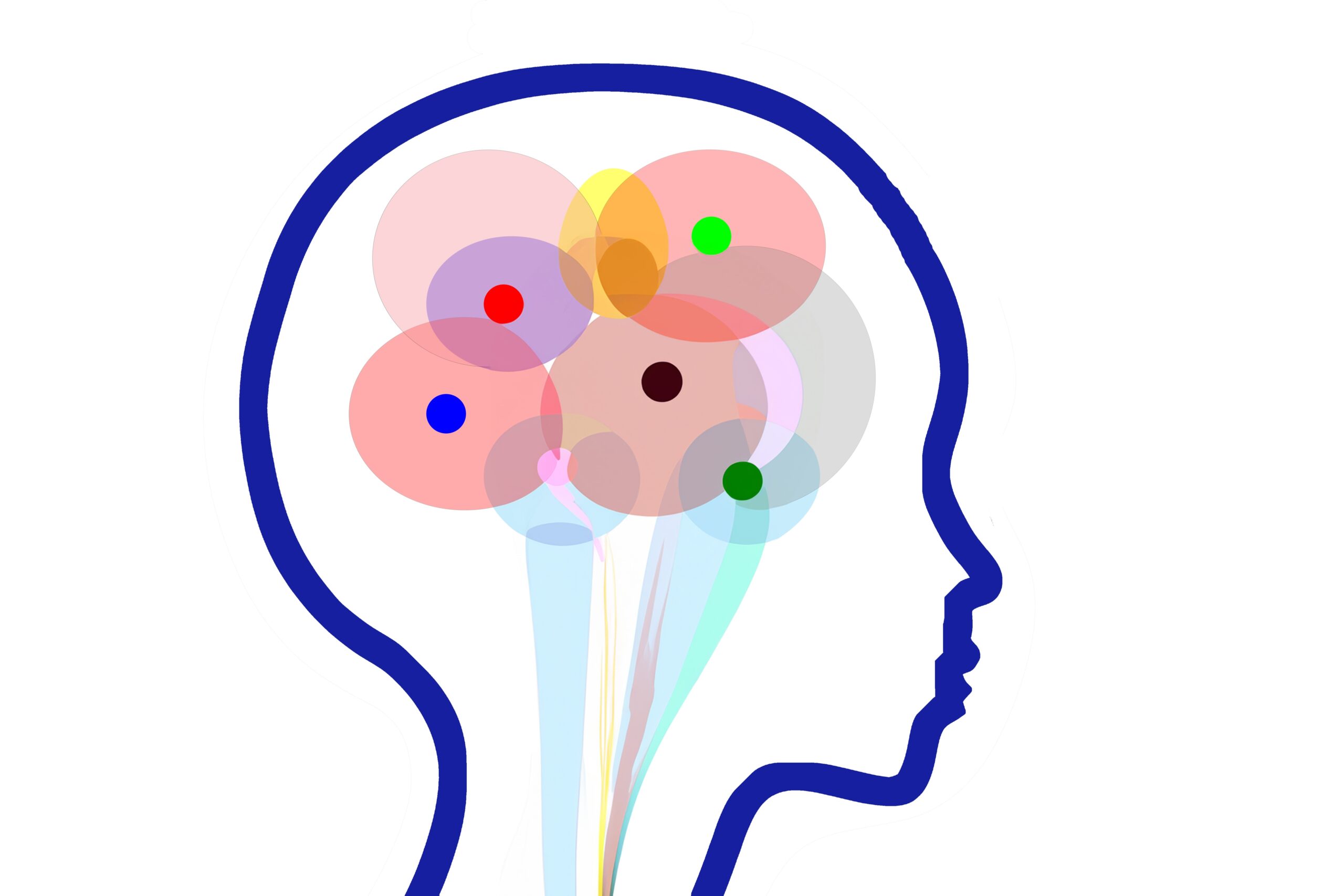
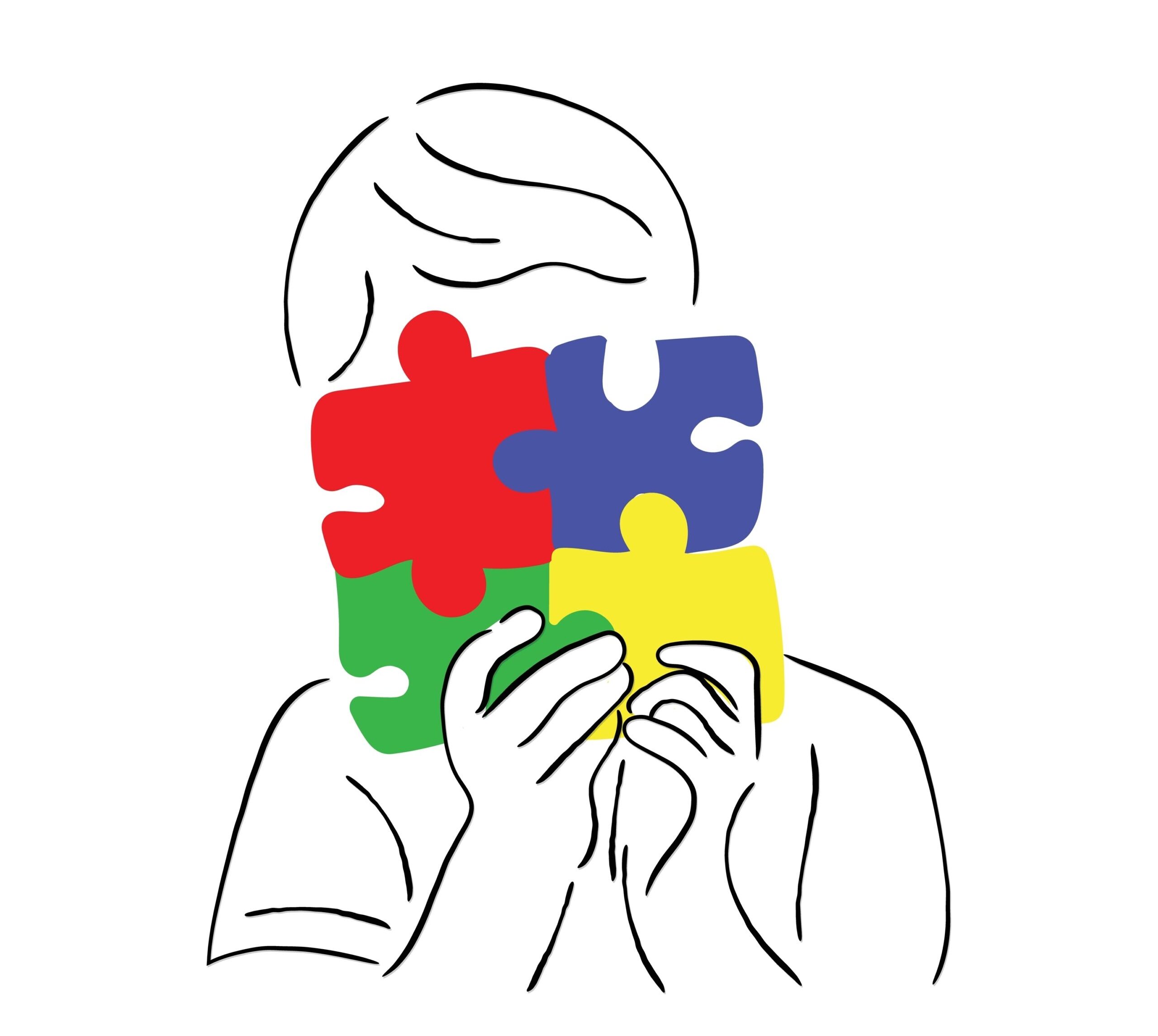
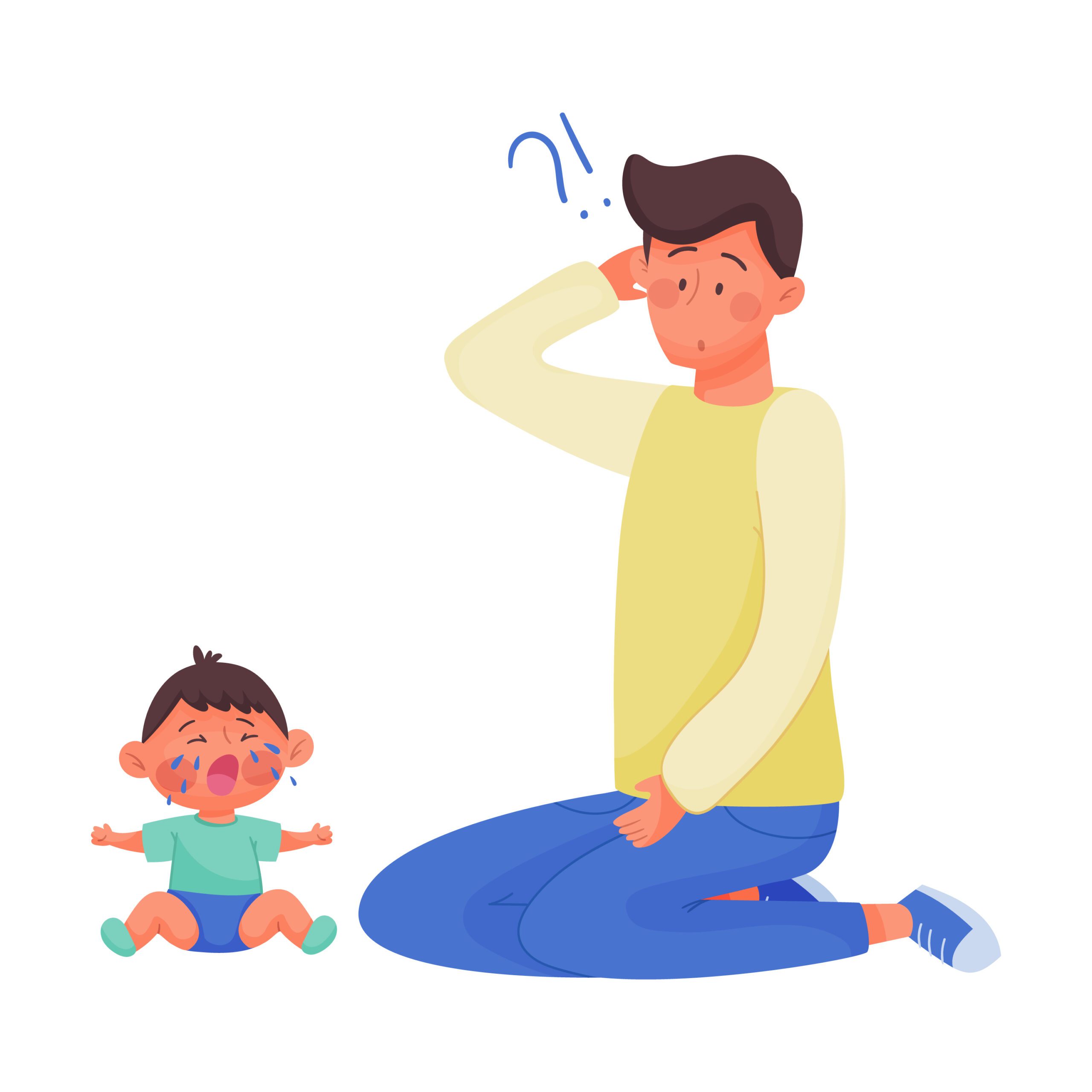

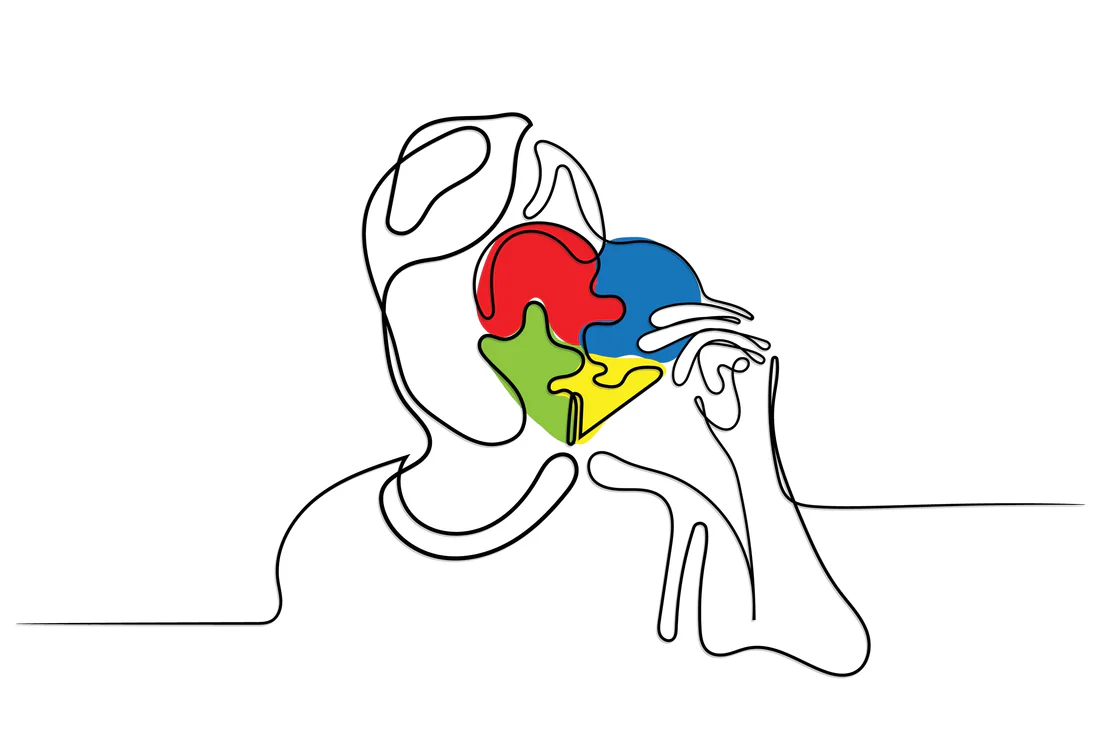










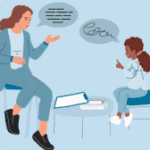 Speech Therapy
Speech Therapy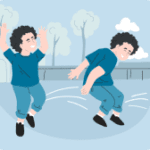 Physical Therapy
Physical Therapy Occupational Therapy
Occupational Therapy




